Scottsdale Water Quality at a Glance
concerning contamination
Is Scottsdale Water Safe to Drink?
Legally Compliant but With Notable Concerns – Scottsdale water meets federal standards but contains 17 different contaminants, 7 exceeding health guidelines. Key issues include chromium-6 at 3,500 ppt (175x higher than safe levels), arsenic at 7.7 ppb, and disinfection byproducts. The city has advanced treatment facilities and sources 90% of water from Colorado River and Salt River Project, with ongoing monitoring for emerging contaminants like PFAS.
⚠️ Key Concerns for Scottsdale Residents
- Chromium-6: Unregulated carcinogen at 3,500 ppt – among highest concentrations in major U.S. cities; 175x higher than negligible cancer risk level
- Naturally Occurring Arsenic: Detected up to 7.7 ppb; treatment facilities operational but levels still present in distribution system
- PFAS Monitoring: 10% of Arizona systems exceed federal PFAS standards; ongoing statewide testing through 2027 deadline
- Disinfection Byproducts: Haloacetic acids and trihalomethanes formed during chlorine treatment; linked to bladder cancer and developmental issues
Read the full report below for detailed analysis, city-specific data, and actionable recommendations for Scottsdale residents.
Scottsdale – Arizona – Water Quality Report 2025: PFAS Testing, Infrastructure Concerns & Safety across your city
Scottsdale Water provides comprehensive water services to approximately 259,000 residents across the greater Scottsdale metropolitan area in the eastern Phoenix region. The utility operates one of the world’s most innovative water management systems, featuring advanced treatment technologies and pioneering water recycling programs. Scottsdale’s water infrastructure encompasses over 1,800 miles of distribution lines, multiple treatment facilities, and 21 active groundwater wells that collectively deliver high-quality water throughout this premier desert community.
Scottsdale sources its drinking water from three primary origins: 70% from renewable surface water through the Central Arizona Project (Colorado River) and 16% from Salt River Project (Verde and Salt Rivers), 10% from groundwater wells, and 4% from advanced recycled water systems. Water is processed at state-of-the-art facilities including the CAP Water Treatment Plant (70 million gallons per day capacity), the Chaparral Water Treatment Plant (27 million gallons per day), and the world-renowned Advanced Water Treatment Plant at the Scottsdale Water Campus. Scottsdale has established itself as a global leader in water sustainability, becoming the first Arizona utility permitted for direct potable reuse and maintaining rigorous water quality standards while preparing for future challenges including climate change and Colorado River reductions.
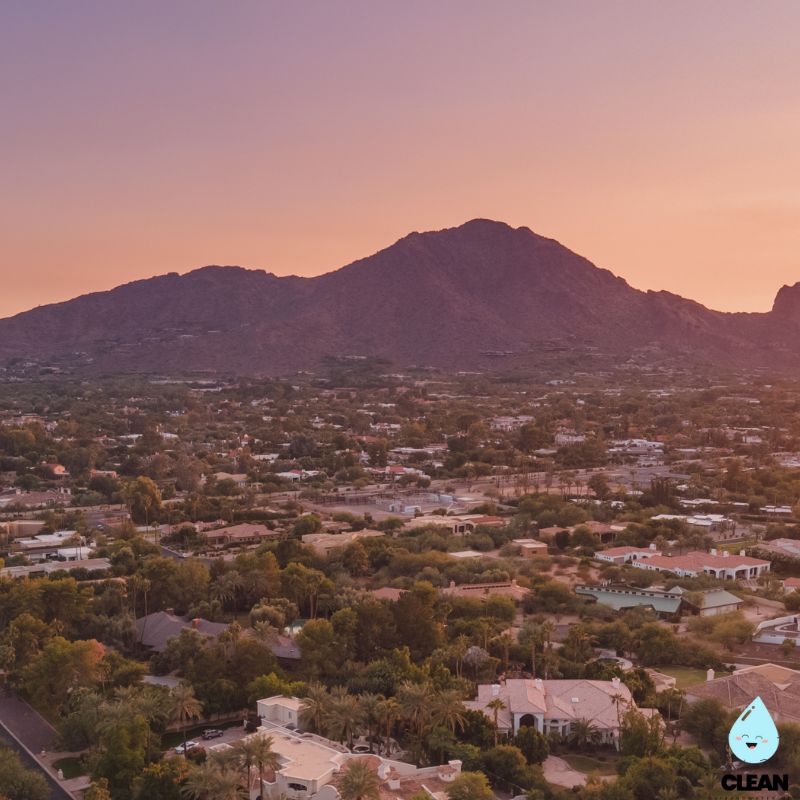
Scottsdale Water Quality: Current Status (2024-2025)
Latest Testing Results
- Comprehensive Monitoring: Scottsdale Water conducts hundreds of water quality tests annually across all treatment facilities, well sites, and throughout the distribution system to ensure compliance with EPA and Arizona Department of Environmental Quality standards.
- EPA Compliance Status: For the latest quarter assessed by the EPA (April-June 2024), Scottsdale’s tap water was in full compliance with all federal health-based drinking water standards.
- Service Line Inventory: Scottsdale completed its initial lead service line inventory in October 2024, with ongoing inspections to verify material composition at all connection points throughout the system.
Water Sources
- Central Arizona Project (CAP): Primary source providing approximately 70% of supply, delivering Colorado River water through a 336-mile aqueduct system to the 70 million gallon per day CAP Water Treatment Plant.
- Salt River Project (SRP): Secondary surface water source from Verde and Salt Rivers, processed at the 27 million gallon per day Chaparral Water Treatment Plant, serving designated “on-project” areas south of the Arizona Canal.
- Groundwater Wells: Network of 21 active wells providing approximately 10% of supply, with advanced treatment including three dedicated arsenic removal facilities to ensure safe drinking water quality.
Advanced Treatment Technology
- CAP Water Treatment Plant: State-of-the-art facility utilizing multi-barrier treatment including coagulation, flocculation, sedimentation, filtration, and advanced disinfection with a maximum capacity of 70 million gallons per day.
- Chaparral Water Treatment Plant: Advanced facility incorporating specialized arsenic treatment capabilities, serving Salt River Project water with comprehensive filtration and disinfection processes.
- Advanced Water Treatment Plant: World-renowned facility using ozonation, membrane ultrafiltration, reverse osmosis, and UV photolysis to produce ultra-purified recycled water, processing up to 23 million gallons daily capacity.
Infrastructure Modernization
- Groundwater Treatment Facilities: Multiple treatment facilities including the Central Groundwater Treatment Facility and North Indian Bend Wash Granular Activated Carbon Treatment Facility, ensuring all groundwater meets the city’s highest quality standards while reducing water hardness.
- Direct Potable Reuse Pioneer: First Arizona facility permitted for direct potable reuse (2019), representing a major advancement in alternative drinking water sources and long-term water security planning.
- Aquifer Recharge Program: Innovative system that has recharged over 70 billion gallons of purified water into local aquifers since 1998, safeguarding the city’s long-term water supply through the world’s largest vadose zone groundwater recharge well field.
Customer Protection Initiatives
Scottsdale Water maintains exceptional quality standards through comprehensive monitoring, advanced treatment technologies, and proactive management strategies. The utility’s commitment to excellence includes transparent annual water quality reporting, continuous system improvements, and preparation for emerging challenges including PFAS regulation compliance by 2027. Scottsdale’s integrated approach combines renewable surface water, groundwater management, and pioneering recycled water programs to ensure sustainable, high-quality water service for current and future generations in this dynamic desert community. The city’s water conservation programs offer substantial rebates for residents and businesses, with grass removal incentives up to $2 per square foot (maximum $5,000) in response to Colorado River supply challenges.
Recommendations for Scottsdale Residents
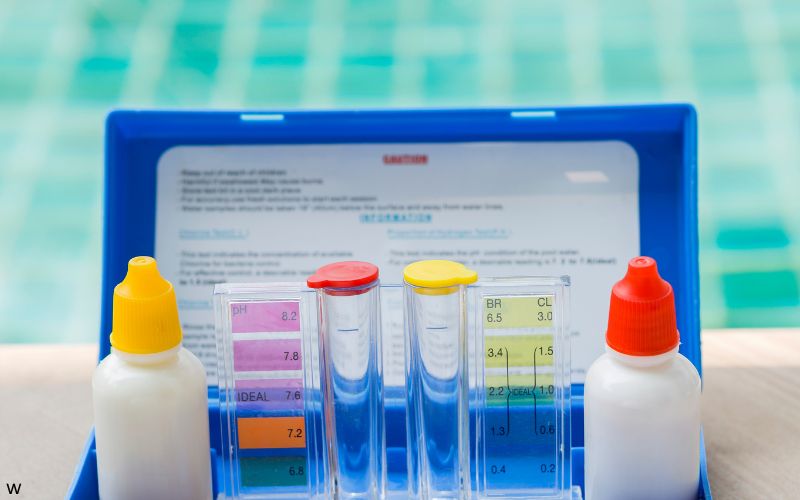
Test Your Water
Consider independent water testing for arsenic, chromium-6, and other contaminants of concern, especially if you have older plumbing or live near industrial areas. Contact Scottsdale Water at 480-312-8732 for water quality questions and testing resources.
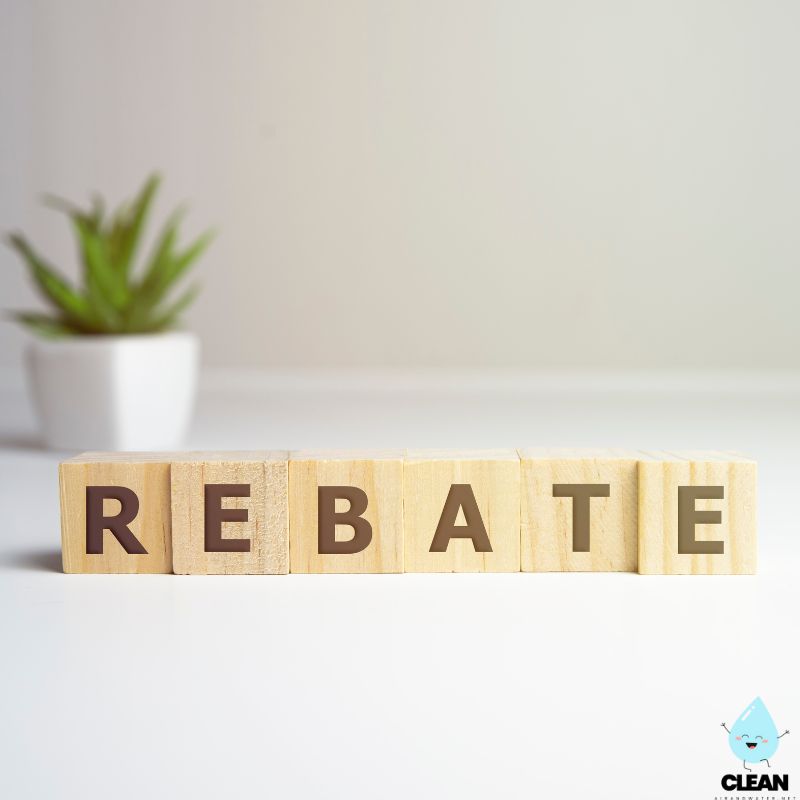
Maximize Water Rebates
Take advantage of Scottsdale’s enhanced rebate programs including $2 per square foot for grass removal (up to $5,000), smart irrigation controller rebates up to $250, and water-efficient appliance incentives. Contact WaterConservation@ScottsdaleAZ.gov for program details.

Consider Advanced Filtration
For maximum protection against arsenic, chromium-6, PFAS, and disinfection byproducts, consider NSF-certified reverse osmosis or activated carbon systems. Scottsdale’s hard water (13-17 grains per gallon) also benefits from water softening treatment.
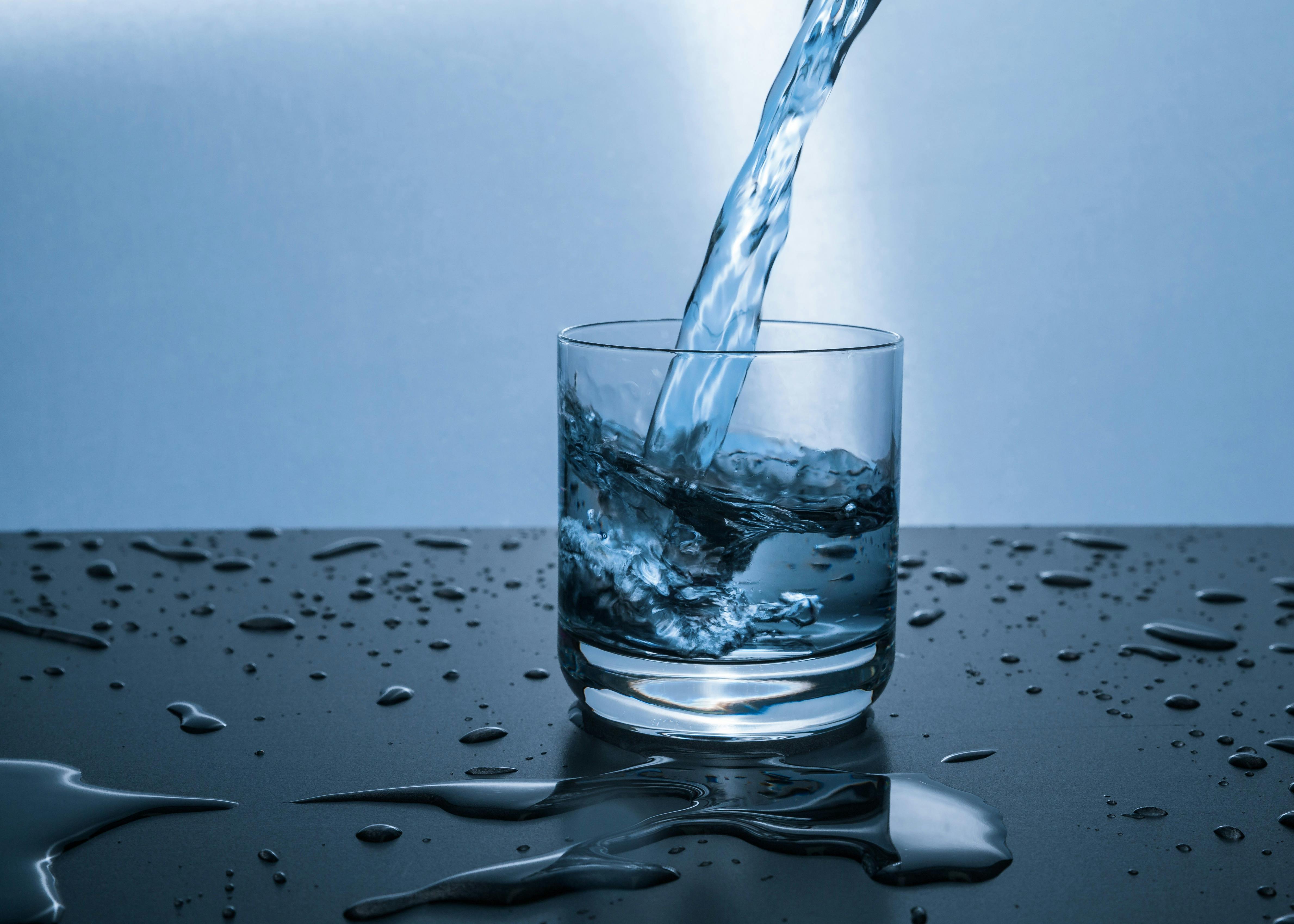
Optimize Irrigation Systems
Install WaterSense-labeled smart irrigation controllers to reduce outdoor water use by up to 30%. Scottsdale offers rebates up to $250 for qualifying controllers that automatically adjust watering based on weather and soil conditions.

Monitor Usage with Technology
Sign up for WaterSmart portal through your Online Utility Account to access hourly usage data and leak alerts. Consider smart home water monitors (rebates up to $100) to detect leaks and track real-time consumption patterns.
Frequently Asked Questions
Is Scottsdale’s tap water safe to drink?
Yes, Scottsdale’s tap water meets all federal and state drinking water standards. The city maintains compliance with EPA regulations and conducts hundreds of tests annually across its treatment facilities and distribution system.
However, while legally safe, Scottsdale’s water contains detectable levels of certain contaminants including arsenic (up to 7.7 ppb), chromium-6, and disinfection byproducts that some health experts recommend reducing through filtration, especially for sensitive populations including children and pregnant women. The city’s comprehensive treatment processes and innovative recycled water programs demonstrate its commitment to providing the highest quality water possible in a desert environment.
Why is Scottsdale’s water so hard?
Scottsdale’s water hardness measures 13-17 grains per gallon (215-290 ppm), which is considered very hard. This results from naturally occurring calcium and magnesium minerals dissolved as surface water travels to treatment plants and groundwater flows through desert aquifers.
The groundwater treatment facilities use reverse osmosis and other technologies to reduce hardness in some sources. Many residents install water softeners to protect appliances and improve water quality for household use. The city’s treatment facilities have helped manage overall system hardness while ensuring all water meets the city’s highest quality standards.
What is Scottsdale doing about arsenic in the water?
Scottsdale operates three dedicated arsenic treatment facilities to remove naturally occurring arsenic from groundwater sources. The Chaparral Water Treatment Plant also includes arsenic treatment capabilities for Verde River water.
• Treatment effectiveness: Facilities are monitored weekly to ensure arsenic levels remain below the EPA limit of 10 parts per billion
• Source management: Strategic blending of water sources helps minimize overall arsenic exposure
• Continuous monitoring: Regular testing ensures treatment systems maintain optimal performance
Despite treatment efforts, some arsenic remains detectable in finished water, which is why many residents choose additional home filtration for maximum protection.
How can I save money on my water bill?
Scottsdale offers substantial rebate programs to help reduce water costs:
High-Value Rebates:
• Grass removal: $2 per square foot (up to $5,000 per property)
• Smart irrigation controllers: Up to $250
• Water-efficient appliances: Various rebate amounts
• Smart home water monitors: Up to $100
Long-term Savings:
Converting to desert-friendly landscaping can reduce outdoor water use by 60-70%, significantly lowering monthly bills. The city’s rebate program helps residents save millions of gallons annually through water-efficient improvements.
Quality News About Your Water
Get the comprehensive water quality news coverage you need with our dedicated US Water News Service. From coast to coast, we deliver in-depth reporting and expert analysis on PFAS contamination, EPA regulatory changes, infrastructure developments, and emerging water safety issues affecting communities nationwide. While mainstream media only covers the biggest stories, we provide the detailed, ongoing coverage that helps you understand the full scope of America’s water challenges. Whether you’re a concerned citizen, water professional, or community leader, our daily updates and analytical insights keep you informed about the issues that matter most to public health and environmental safety.
Contaminants of Concern
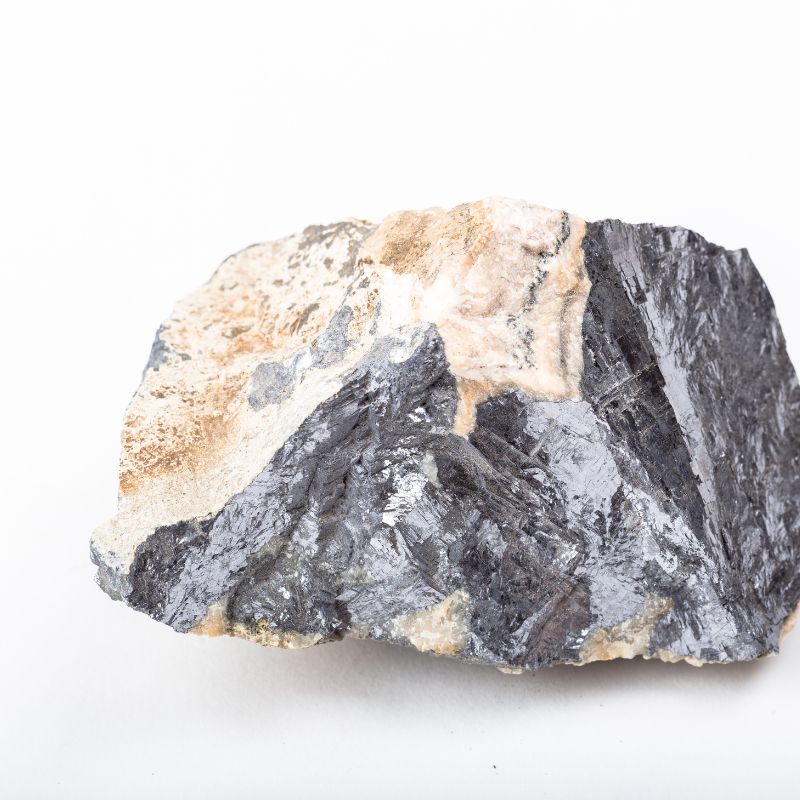
Arsenic
Source: Naturally occurring mineral found in soil and bedrock throughout Arizona; also present in surface water from the Verde River watershed and commercial activities including mining and industrial processes
Health Effects: Potent carcinogen linked to increased risk of skin, bladder, lung, kidney, and prostate cancers; chronic exposure associated with cardiovascular disease and developmental issues
Current Levels: Recent testing reported levels up to 7.7 parts per billion in finished water, with three dedicated arsenic treatment facilities operating to maintain levels below EPA limit EPA Limits: 10 parts per billion maximum contaminant level
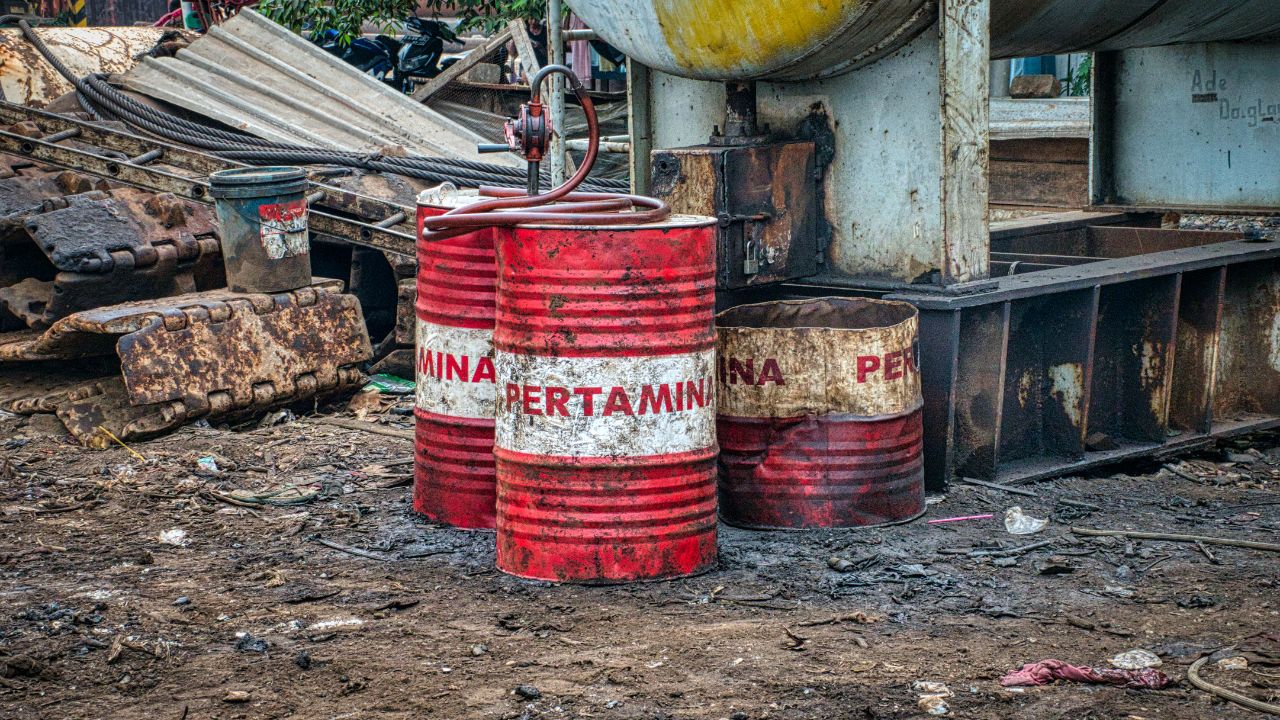
Chromium-6 (Hexavalent Chromium)
Source: Industrial pollution and natural mineral deposits in groundwater; can contaminate drinking water through mining, metal plating, and manufacturing activities
Health Effects: Known carcinogen linked to increased risk of stomach cancer; potential impacts on liver, kidney, and reproductive systems with long-term exposure
Current Status: Recent independent testing found levels averaging 3,500 parts per trillion, which is 175 times higher than California’s health guideline; currently unregulated at federal level EPA Total Chromium Standard: 100 parts per billion maximum contaminant level (specific chromium-6 standard pending)
Please read – our information
The information presented on cleanairandwater.net is compiled from official water quality reports, trusted news sources, government websites, and public health resources. While we strive for accuracy and thoroughness in our presentations, we are not scientists, engineers, or qualified water quality professionals.
Our mission is to present water quality information in an accessible, real-world format that helps people understand what’s in their water and make informed decisions about their health and safety. We believe that complex environmental information should be available to everyone in a format that’s easy to understand.
We make every effort to ensure our content is current and accurate, but we cannot guarantee that all information is complete or error-free. This website should not replace official communications from your local water utility or health department. We always recommend consulting official sources for the most up-to-date information regarding your specific water system.
Clean Air and Water is not liable for any unintentional errors, omissions, or outdated information. The content on this site is provided for informational purposes only and should not be considered professional advice.


